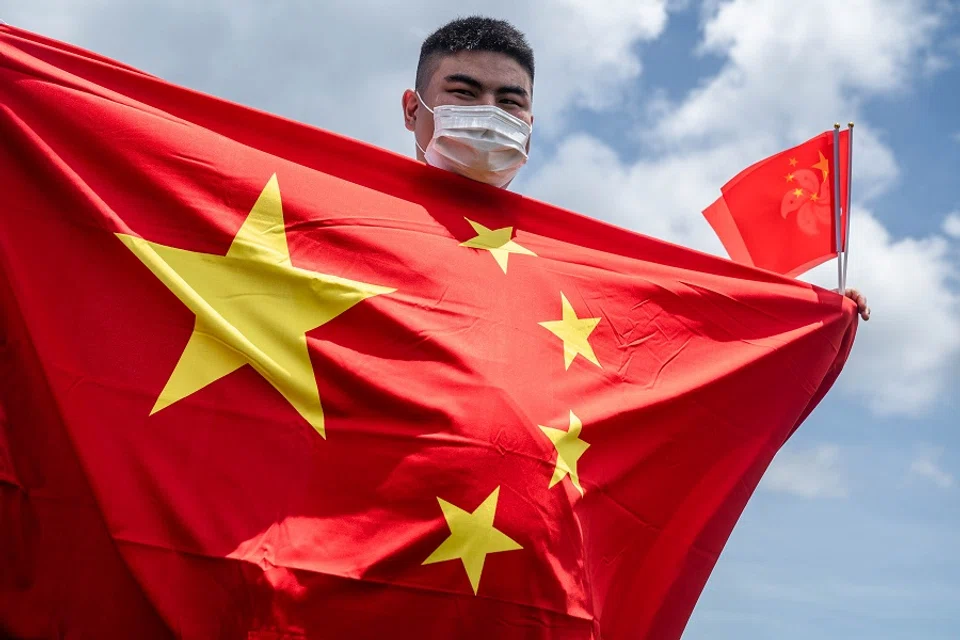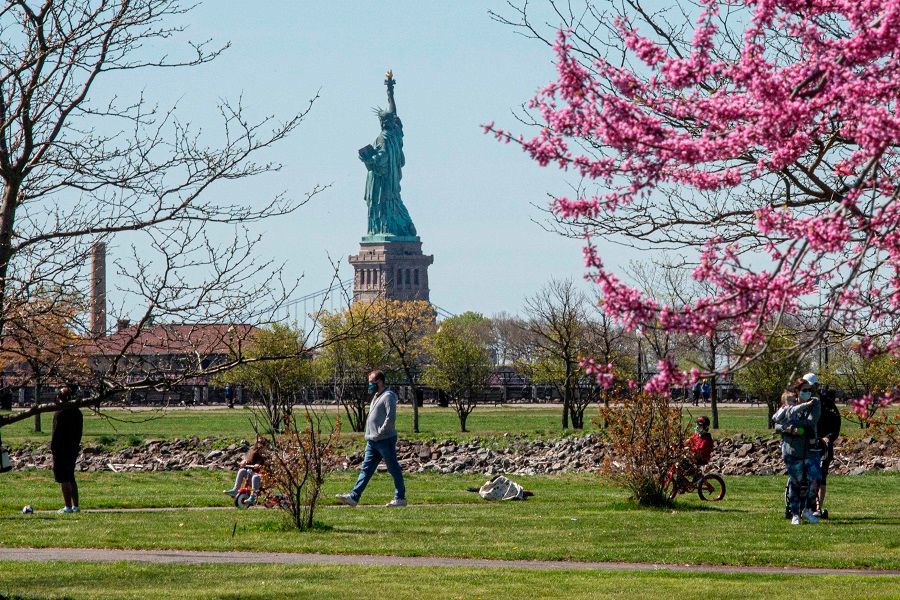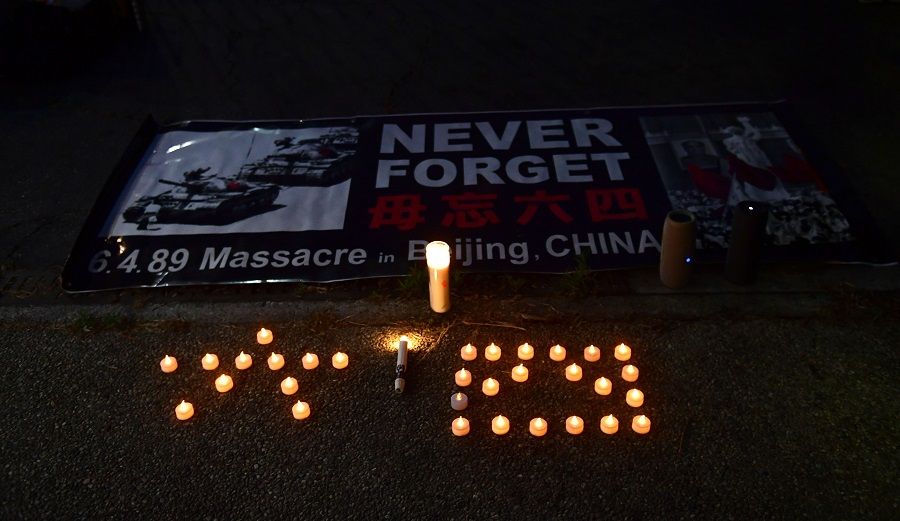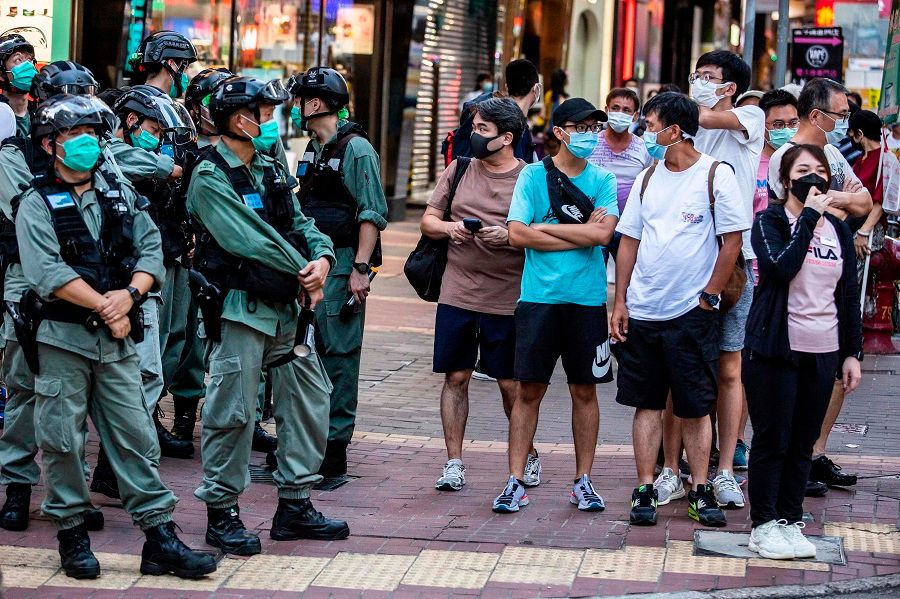There will be no peaceful rise - China-US relations enters a new phase

On 20 May 2020, the US government published a report entitled "United States Strategic Approach to the People's Republic of China", announcing that it will be guided by "principled realism" in its strategic competition with China. Attracting much attention in China and the US, the report is a summary of the Trump administration's China strategy in the past few years and a declaration of its China policy in Trump's bid for re-election.
This author believes that this report on the latest China strategy marks the official start of the US's fourth phase of curtailment and containment, after the previous phases of curtailment and containment (first phase), courtship and division (second phase), and integration and assimilation (third phase) since 1949.
The fourth phase, a repeat of curtailment and containment, will also be characterised by continued engagement, and will have a profound and extensive impact on China-US bilateral relations and the global landscape.
The four phases of America's China strategy
The "principled realism" mentioned in the report is essentially the principle of realism guided by idealism (or values) which has been maintained by the US in its overall foreign policy and diplomacy with China for a long time. The principle, ideals and values spoken of mainly refer to the US political ideology, in which freedom, democracy and human rights constitute the core, while "realism" is manifested in the pragmatic strategies to realise this political ideology.

The US has long adopted different diplomatic strategies for countries with different values and systems (the external manifestations of values). For countries with similar values and systems, the US adopts strategies of unity and tolerance. Depending on their needs, the US adopts strategies of curtailment and containment, courtship and division, and integration and assimilation for countries with different values and systems.
During this period (first phase), both countries came head to head in direct military conflict in North Korea, and indirectly through agents in Vietnam and other Asian countries.
After the establishment of the new regime in mainland China in 1949, the US regarded China as a country with different values and systems. Its China strategy went through the three phases mentioned, and the current fourth phase has gone full circle, back to curtailment and containment.
The first phase of curtailment and containment of China by the US in the 1950s to 1960s was rooted in China's different values and systems, and its foreign policy that leaned towards the Soviet Union and countries that were "different". As a result, the US and its allies adopted the curtailment and containment strategy towards China for more than 20 years, comprehensively blocking China politically and economically by military and diplomatic means. During this period, both countries came head to head in direct military conflict in North Korea, and indirectly through agents in Vietnam and other Asian countries.
The second phase of courtship and division occurred in the 1970s. Due to the disputes between China and the Soviet Union, the US courted China to divide the Soviet bloc, which was perceived as more different than China. This strategy also suited China's strategic self-defence against the Soviet Union. The critical events during this phase were Kissinger's secret visit to China in 1971 and Nixon's public visit to China in 1972. In this relationship, China and US strategically used each other for their respective ends.
Although this period of positive development was interrupted by the 1989 Tiananmen Square incident, Deng's 1992 tour of southern China and China's restart of market reforms helped put the relationship back on track.

The third phase from the 1980s to the present is one of integration and assimilation. Under Deng Xiaoping's leadership after the Cultural Revolution in the late 1970s, China began to implement its reform and opening up and took the initiative to cosy up to the West. As the US wanted to transform China into a country with similar values and systems, it adopted this strategy to facilitate the peaceful evolution of China.
This phase of China-US relations formally commenced with the establishment of diplomatic relations between the two countries and Deng's visit to the US in 1979. Although this period of positive development was interrupted by the 1989 Tiananmen Square incident, Deng's 1992 tour of southern China and China's restart of market reforms helped put the relationship back on track.
The stable development of China-US relations continued despite the 1996 Taiwan Strait crisis prior to the Taiwanese presidential election, the 1999 US bombing of the Chinese embassy in Yugoslavia, and the 2001 collision of the US's navy surveillance plane and a Chinese fighter jet in the South China Sea. Relations further warmed with the two sides strengthening counterterrorism cooperation after the 2001 September 11 attacks in the US as well as China's WTO accession with US assistance at the end of 2001. This phase has lasted for about 40 years.
The fourth phase of resumed curtailment and containment started when President Trump modified the US's China strategy after he took office in 2017. The crucial events include the release of the "National Security Strategy of the United States" document in December 2017 that identifies China as a strategic competitor, the 2018 commencement of the trade war by the US against China that includes the US strategic suppression of China's high-tech industry and the US-led comprehensive curtailment and containment of China politically and economically by military and diplomatic means, the 2019 furore over Hong Kong's proposed extradition law, and the 2020 Covid-19 pandemic. These events have increased China-US tensions. The May 2020 report on the US strategic approach to China marks the completion of the strategy transformation.
The report further states that China is using its ability, developed in the past 40 years, to threaten the economy, values and national security of the US and the West.
US no longer believes China will change
The report's introduction clearly states the reasons for the change in the US's China strategy. The US has conceded that its engagement strategy of integration and assimilation over the past 40 years has failed, and that its anticipated economic and political reforms in China have reversed in recent years. The report further states that China is using its ability, developed in the past 40 years, to threaten the economy, values and national security of the US and the West. Consequently, the US will engage in strategic competition with China.

The change in the US's China strategy is based on two considerations. First, the US believes that the direction of China's development runs counter to its original expectations. Second, the US reckons that China is sufficiently powerful. Crucial to the change in strategy is the first consideration, without which China's might will not threaten the US and the West, and the US will not comprehensively curtail and contain China, even if its strategy may include a preventive element (as per its approach towards other allies).
One would be misguided to think that the overall US foreign policy and diplomatic strategy towards China are driven only by "realism" and interests, without guidance by idealism and values.
Although the new China strategy is formulated by the Trump administration and there are uncertainties as to Trump's re-election, US public opinion in recent years points to bipartisan unanimity in views on China and broad consensus in the China strategy. In the foreseeable future, as long as China continues its current domestic and foreign policies, the positioning of the US on relations with China as well as its overall considerations on its China strategy, barring adjustments in specific strategies and policies, will not substantially change.
The guiding US ideology for the new China strategy, consistent with that for the previous three phases, is realism under the guidance of "principled idealism" based on values. It is the outcome of America's focus on countries with different values and systems, under different times and contexts. Its continuity shows that the US's China strategy has persisted with its values. One would be misguided to think that the overall US foreign policy and diplomatic strategy towards China are driven only by "realism" and interests, without guidance by idealism and values.

Dagger and dance of the fourth phase
The fourth phase of the US's China strategy will have some characteristics of the first and third phases but it is different from both. It is an in-between strategy. On the one hand, it will adopt the curtailment and containment of the first phase, uniting allies of the US to suppress China politically and economically by military and diplomatic means, without the friendliness of the third phase. In reality, the so-called "strategic competition" is merely diplomatic rhetoric for what is in essence curtailment and containment.
First, the "honeymoon period" of China-US relations has officially ended.
On the other hand, it will continue the economic, political and military engagement with China, as in the third phase. This is to effectively manage and prevent the conflict between two countries from going beyond control, unlike the complete isolation of China in the first phase. After all, both countries have already established diplomatic ties and close economic cooperation, and China, as the second largest economy in the world, is much changed today.
The adoption of the fourth phase of the China strategy by the US will have a profound and extensive impact on China-US bilateral relations and the global arena.
First, the "honeymoon period" of China-US relations has officially ended. With turbulent bilateral relations, there will be significantly reduced strategic elasticity for China in its relations with the US.
The path forward will be fraught with frequent disputes over China's domestic governance and human rights, political entanglements concerning Hong Kong and Taiwan, and military confrontations regarding Taiwan and the South China Sea.

There will be greater friction and more intense conflict between the two countries economically, politically and militarily. Although a "phase one" trade deal has been reached, its implementation remains uncertain. The "phase two" negotiations will focus on deep-seated issues such as China's economic system, including industrial policies, state-owned enterprises and transparency of information disclosure. As these negotiations will be extremely tough, economic and trade frictions will continue.
The comprehensive and targeted suppression by the US of China's high-tech industries, especially military-civilian dual-use technologies, and the decoupling in trade and investments will intensify. The path forward will be fraught with frequent disputes over China's domestic governance and human rights, political entanglements concerning Hong Kong and Taiwan, and military confrontations regarding Taiwan and the South China Sea.
In addition, two aspects will significantly reduce strategic elasticity for China in its relations with the US. On the one hand, the economic and trade conflicts between the two countries fundamentally involve China's economic system. The issues in dispute, such as China's domestic governance, Hong Kong, Taiwan, and the South China Sea, are also China's core interests. On the other hand, the US's China strategy has publicly and clearly articulated that it "sees no value in engaging with Beijing for symbolism and pageantry" and "demand[s] tangible results and constructive outcomes", and that "agreements with Beijing must include stringent verification". The US will continue to apply pressure on China and "take action to protect US interests by leveraging proportional costs when necessary".
That said, the situation of the world divided into two opposing camps, like in the Cold War, will not recur.

Second, the China-US conflict in the global arena will intensify, with both countries actively garnering the support of allies.
The US will draw upon its traditional allies, such as Europe, Australia and Japan, to contain China. It will also take advantage of the Covid-19 pandemic to win over the relatively neutral major developing countries such as India and Brazil, and fragment China's traditional alliances with Asian, African, and Latin American countries. In the name of building a "community of common destiny", China will strengthen trade and offer assistance to the countries involved in the Belt and Road Initiative to counter the suppression and containment by the US and its allies.
That said, the situation of the world divided into two opposing camps, like in the Cold War, will not recur. On the one hand, China's economic ties with the US and its Western allies in the past forty years cannot be completely severed or decoupled, as this would have grave ramifications to both sides. On the other hand, China is unlikely to emulate the former Soviet Union in forming a bloc of countries whose values and systems are highly consistent with Chinese values and systems. The large majority of China's allies can strengthen economic and trade ties with China, but not at the expense of their relations with the US and the West nor risk confrontation with them.
Related: The US empire will not fall anytime soon, going by ancient China's experience | National security law for Hong Kong: The US will not back down, so where are we headed? | Will China and the US fight another wrong war, with the wrong enemy, at the wrong place and time? | China and America: The power of historical memory | In a world split apart, where do you belong? | Taiwan would once again be abandoned amid China-US competition
